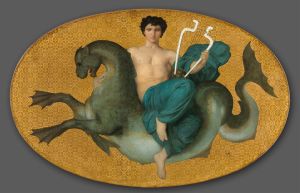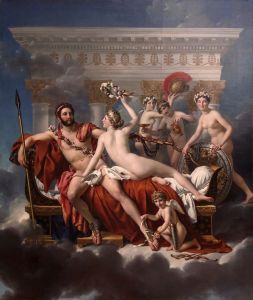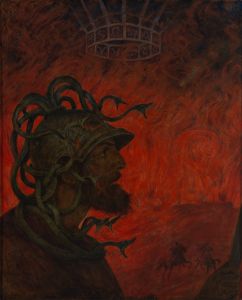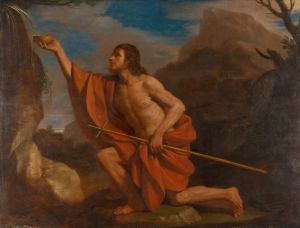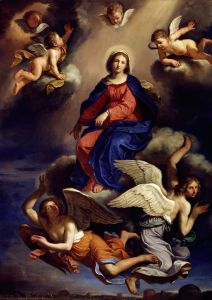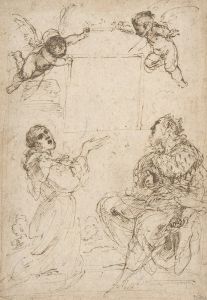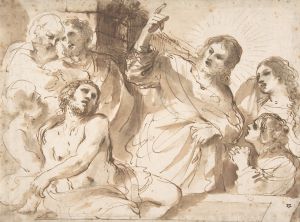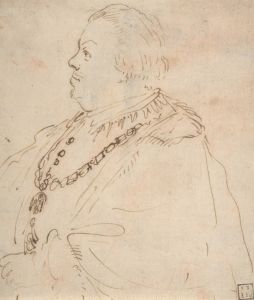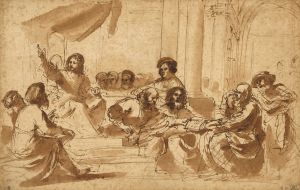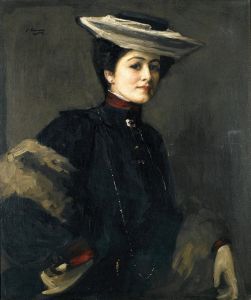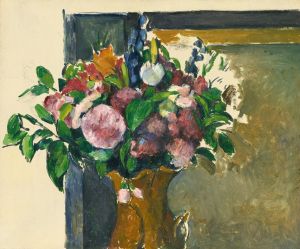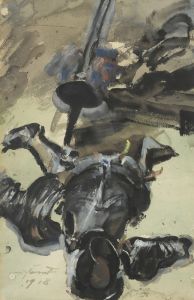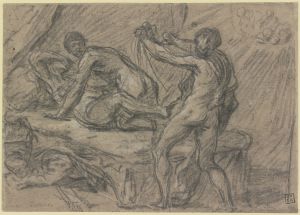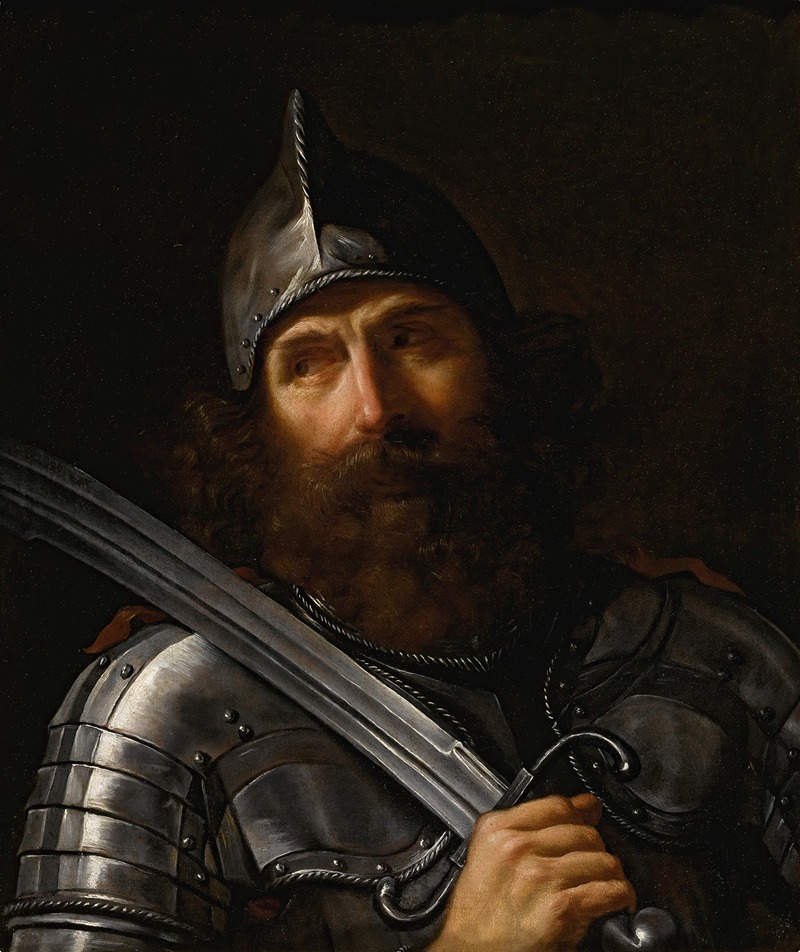
Mars
A hand-painted replica of Guercino’s masterpiece Mars, meticulously crafted by professional artists to capture the true essence of the original. Each piece is created with museum-quality canvas and rare mineral pigments, carefully painted by experienced artists with delicate brushstrokes and rich, layered colors to perfectly recreate the texture of the original artwork. Unlike machine-printed reproductions, this hand-painted version brings the painting to life, infused with the artist’s emotions and skill in every stroke. Whether for personal collection or home decoration, it instantly elevates the artistic atmosphere of any space.
Giovanni Francesco Barbieri, known as Guercino, was an Italian Baroque painter renowned for his dynamic compositions and vibrant use of color. Among his notable works is the painting "Mars," which exemplifies his mastery in depicting mythological subjects with dramatic intensity and emotional depth.
"Mars" by Guercino is a striking representation of the Roman god of war, Mars, who is equivalent to the Greek god Ares. The painting captures the essence of Mars as a powerful and imposing figure, embodying the martial spirit and the attributes associated with warfare. Guercino's portrayal is marked by a robust and muscular figure, often depicted with traditional symbols such as armor, a helmet, and weapons, which emphasize his role as a warrior deity.
Guercino's style is characterized by his adept use of chiaroscuro, a technique that employs strong contrasts between light and dark to create a sense of volume and three-dimensionality. In "Mars," this technique is evident in the way the light falls on the figure, highlighting the contours of his body and the details of his armor, while casting deep shadows that add to the painting's dramatic effect. This use of light and shadow not only enhances the physical presence of Mars but also imbues the painting with a sense of movement and vitality.
The composition of "Mars" is carefully balanced, with the figure of the god occupying a central position, commanding the viewer's attention. Guercino's skillful arrangement of elements within the painting guides the viewer's eye across the canvas, creating a dynamic interaction between the figure and the surrounding space. The background, often depicted with a sense of atmospheric perspective, provides a contextual setting that complements the figure without detracting from its prominence.
Guercino's depiction of Mars reflects the Baroque period's fascination with classical mythology and its exploration of human emotions and experiences through allegorical figures. The painting not only serves as a representation of the god of war but also as a reflection on the themes of power, conflict, and the human condition. Through his portrayal of Mars, Guercino invites viewers to contemplate the complex nature of war and its impact on both individuals and societies.
While specific details about the commission or the current location of "Mars" by Guercino may not be readily available, the painting remains an important example of the artist's work and his contribution to the Baroque movement. Guercino's ability to convey the grandeur and intensity of mythological subjects continues to be celebrated, and "Mars" stands as a testament to his artistic legacy.
In summary, "Mars" by Guercino is a compelling portrayal of the Roman god of war, characterized by the artist's use of chiaroscuro, dynamic composition, and emotional depth. It reflects the Baroque era's engagement with classical themes and remains a significant work in the study of Guercino's oeuvre and the broader context of Baroque art.





